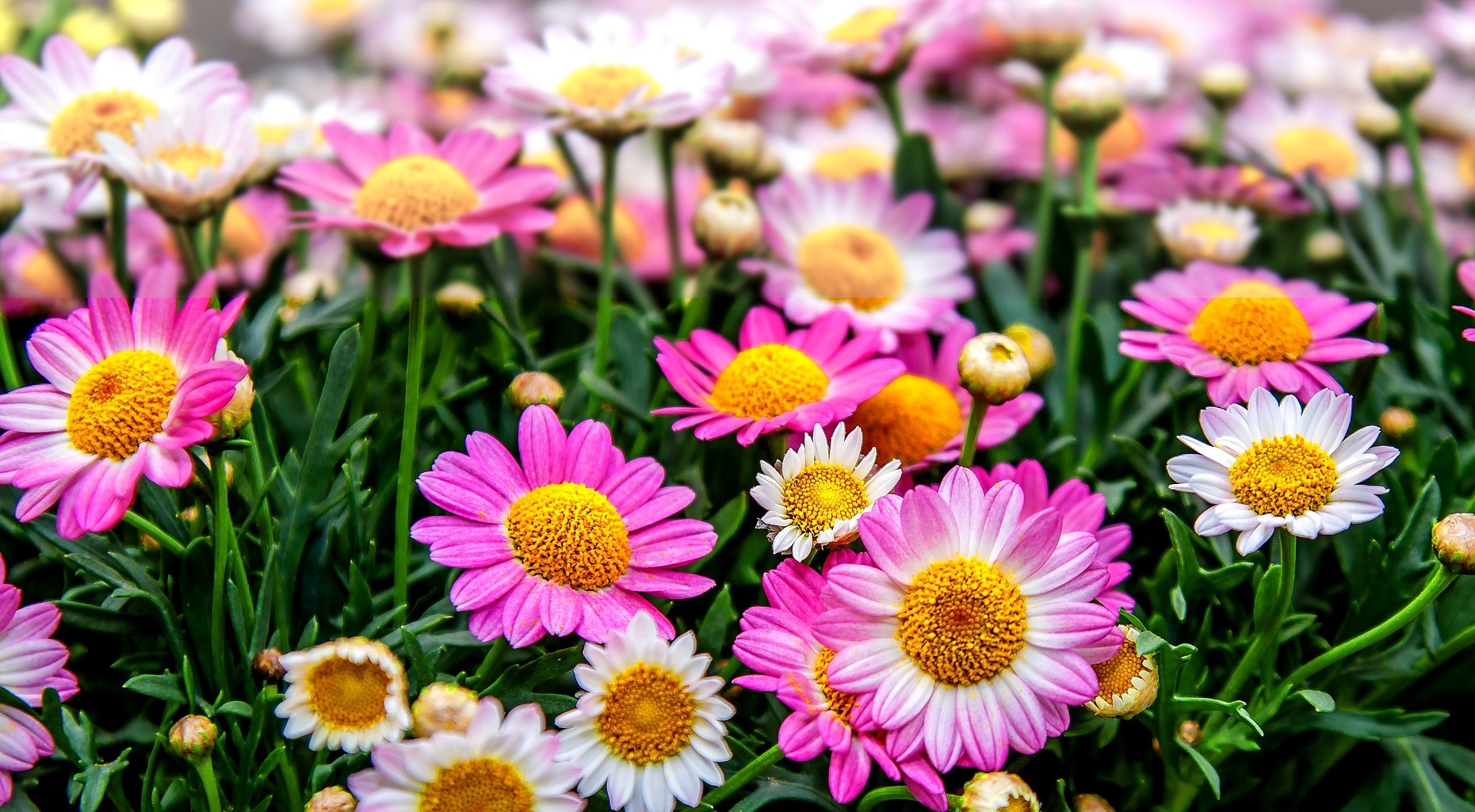Chrysanthemums have composite flowers: they have female ray florets and hermaphrodite disc florets. A plant with a lot of ray florets is more decorative but produces less seed. Annemarie Castricum received a PhD for her study on how to do something about this.
The lack of seed is mainly a problem with cross-bred chrysanthemums. ‘Wild varieties produce more seed,’ says Castricum. ‘Cross-bred varieties with a lot of ray florets produce less seed than the species that are closer to the original and mainly consist of disc florets with only a row of ray florets around the edge. So it looks as if the ray florets make less seed.’
She discovered why that was. At any rate, it looks as if the quality of the ray floret’s carpel plays a role. Castricum: ‘The key factor here is the carpel’s morphology: how well it opens up to catch any pollen.’
Genes
She also investigated which genes determine the ratio of ray florets to disc florets. To do this, she compared the genetic expression of two varieties with a lot of ray florets and their mutants with a lot of disc florets. A total of 290 genes were expressed differently in the two mutants. Some of those genes are involved in the initial development stages of the flowers.
Castricum eventually identified one gene (PDF2) that in all probability is responsible for having more disc florets than ray florets. She also discovered that genes involved in the production of the plant hormone brassinosteroid have a demonstrable effect: in this case, inhibition of the gene (and therefore the hormone) leads to more disc florets. This raises the possibility of a practical application in which plants are treated with the hormone inhibitor brassinazole. ‘But that is tricky,’ says Castricum. ‘You have to apply it to the flowers manually. I tested it on several varieties, but it didn’t always work.’

 Photo Pixabay
Photo Pixabay